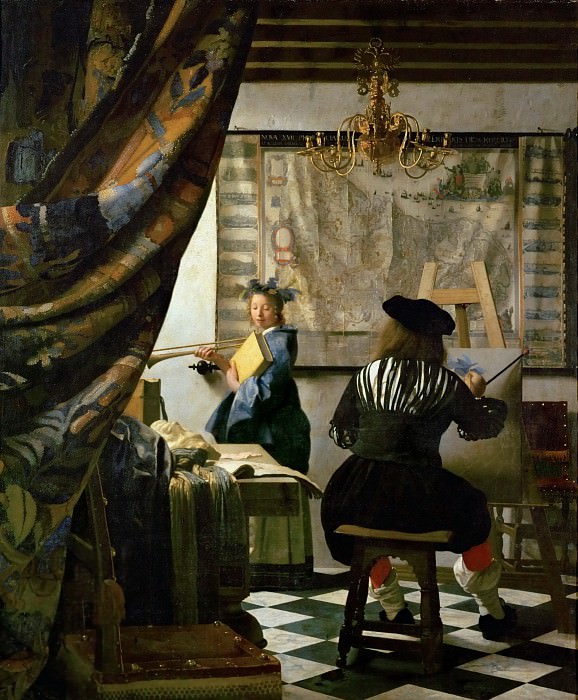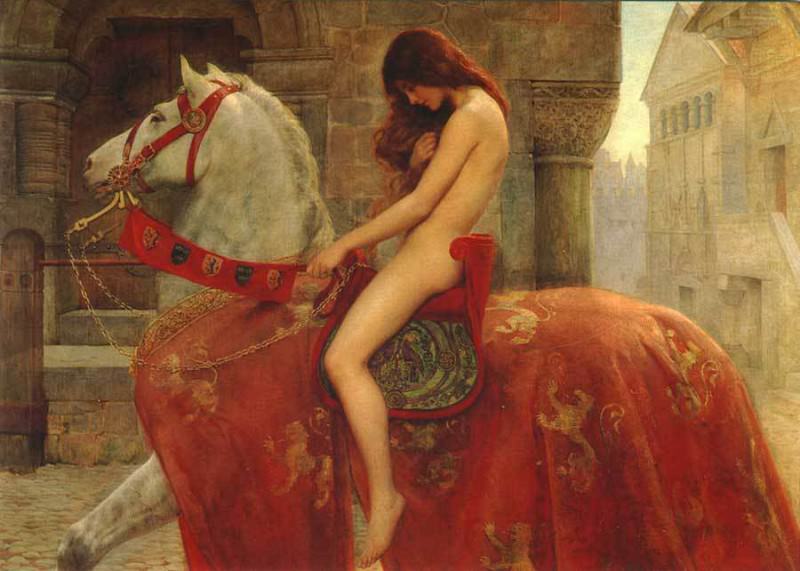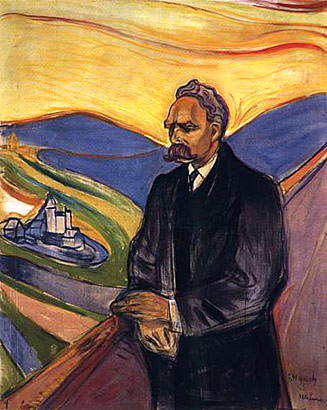Ellsworth Kelly: A Master of Modernist Abstraction
Ellsworth Kelly stands as one of the pivotal figures in 20th-century American art, renowned for his distinctive approach to abstraction and color field painting. His work, characterized by bold colors, clean lines, and simple forms, has left an indelible mark on the art world. Kelly's journey through art reflects a deep commitment to exploring the visual world in new and innovative ways, pushing the boundaries of traditional artistic expression.
Early Life and Influences
Born on May 31, 1923, in Newburgh, New York, Ellsworth Kelly showed an early interest in ornithology, which would later influence his keen observational skills and appreciation for natural forms. His formal education began at Pratt Institute in Brooklyn, where he studied from 1941 to 1943. However, his studies were interrupted by World War II, during which he served in the army, participating in a unit that camouflaged tanks and other equipment—a formative experience that would inform his understanding of visual perception and form.
After the war, Kelly utilized the G.I. Bill to study at the School of the Museum of Fine Arts in Boston, where he began to develop his artistic voice. His exposure to European modernism, particularly during his time in Paris from 1948 to 1954, played a crucial role in shaping his artistic philosophy. He immersed himself in the works of artists such as Henri Matisse, Jean Arp, and Constantin Brâncuși, whose influence is evident in Kelly's emphasis on pure color and form.
The Development of Kelly's Artistic Language
Upon his return to the United States, Kelly settled in New York City, where he quickly became a prominent figure in the burgeoning abstract art scene. His early works in the 1950s were characterized by a unique synthesis of European modernism and American abstraction. Kelly's paintings from this period often featured large, monochromatic shapes that floated against flat, unmodulated backgrounds. This approach, which he referred to as "shape-as-content," distinguished his work from that of his contemporaries.
Kelly's breakthrough came with his exploration of irregular, hard-edged shapes and his pioneering use of chance in composition. He would cut out shapes from colored paper and arrange them randomly, allowing chance to dictate the final composition. This method resulted in works that were both dynamic and unpredictable, challenging the viewer's expectations and traditional notions of composition.
The Role of Color in Kelly's Work
Color played a central role in Kelly's art, serving as both a formal and emotional element. He often employed a limited palette of bold, primary colors, which he used to create striking contrasts and harmonious relationships. His use of color was not merely decorative but integral to the structure and impact of his work. Kelly believed that color had an intrinsic, almost spiritual quality that could evoke a profound response in the viewer.
One of the defining features of Kelly's work is his use of color to create a sense of spatial ambiguity. By juxtaposing large, flat areas of color, he created compositions that seemed to both recede and advance, challenging the viewer's perception of space and depth. This interplay of color and form became a hallmark of his style and a key element of his artistic language.
Major Works and Series
Throughout his career, Kelly produced a number of iconic works and series that have become landmarks in the history of modern art. One of his most famous series, "Spectrum Colors Arranged by Chance," exemplifies his use of chance and his interest in the interaction of color. In this series, Kelly arranged a grid of colored squares in a random order, creating a vibrant and dynamic composition that celebrates the diversity and richness of color.
Another significant body of work is Kelly's "Plant Drawings," which he began in the 1940s and continued throughout his life. These delicate, minimalist drawings capture the essence of plant forms with remarkable simplicity and precision. Unlike his bold, colorful paintings, the "Plant Drawings" reveal a different side of Kelly's artistry, one that is rooted in observation and a deep appreciation for the natural world.
Kelly's large-scale public sculptures also stand as a testament to his versatility and vision. Works like "Curve I" and "Totem" transform public spaces with their monumental presence and minimalist elegance. These sculptures, often made from stainless steel or painted aluminum, reflect Kelly's interest in creating art that interacts with its environment and engages the viewer in a physical dialogue.
Legacy and Influence
Ellsworth Kelly's influence on contemporary art is profound and far-reaching. His commitment to abstraction and his innovative use of color and form have inspired generations of artists. Kelly's work challenges viewers to see the world in new ways, to appreciate the beauty of simplicity, and to understand the power of color and form.
Kelly's legacy is preserved in numerous public and private collections around the world. Institutions such as the Museum of Modern Art in New York, the Tate Gallery in London, and the Centre Pompidou in Paris hold significant collections of his work. Additionally, the Ellsworth Kelly Foundation, established after his death in 2015, continues to promote his legacy through exhibitions, publications, and educational programs.
Conclusion
Ellsworth Kelly's art is a testament to the power of simplicity and the depth of visual perception. His bold use of color, innovative compositions, and commitment to abstraction have left an indelible mark on the art world. As we continue to explore and appreciate his work, we are reminded of the profound impact that art can have on our understanding of the world and our place within it. Kelly's legacy continues to inspire and challenge us, inviting us to see the world through his unique, minimalist lens.














